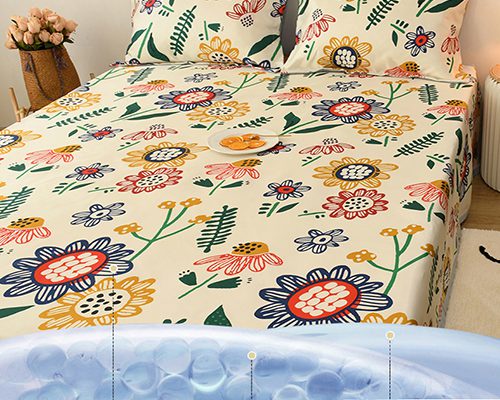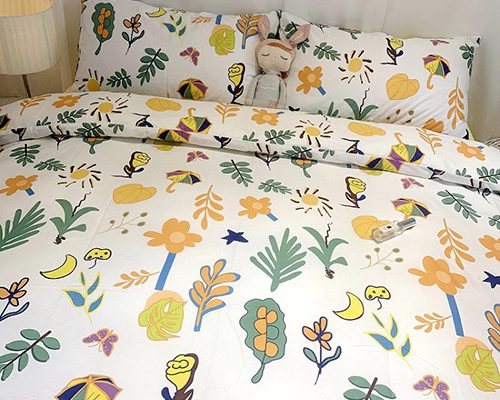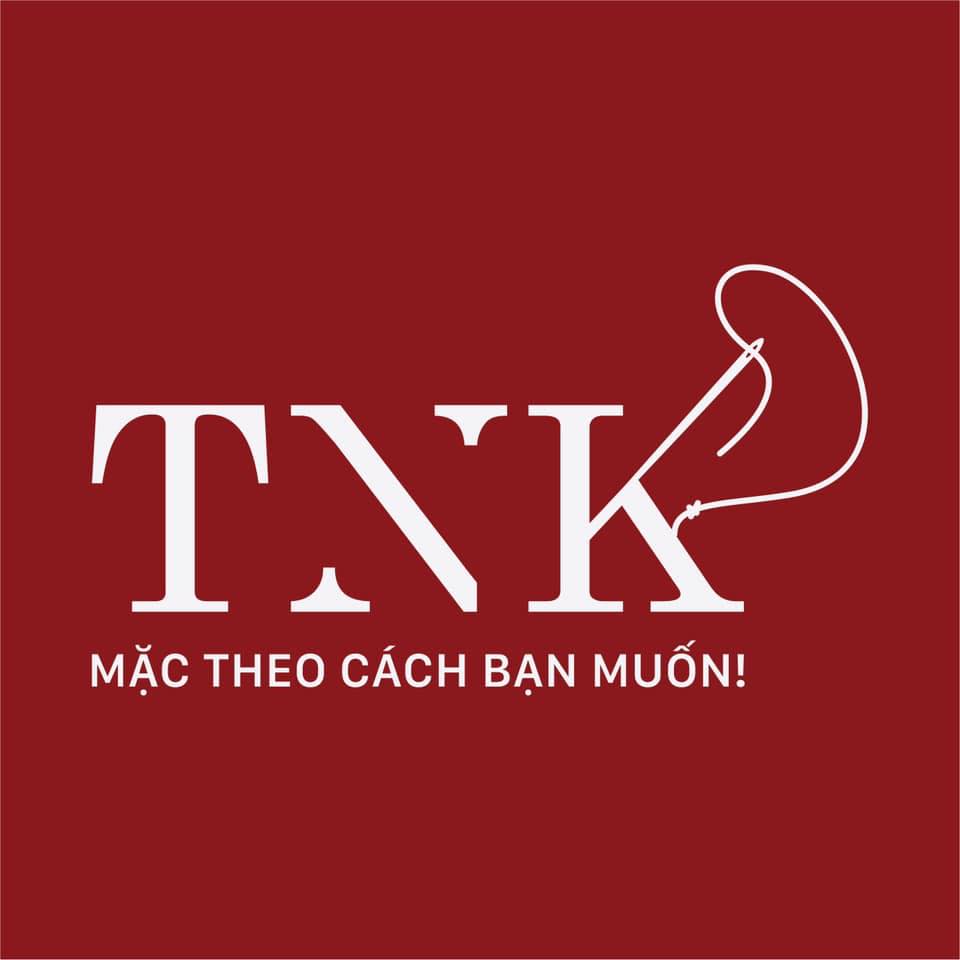Is It Addiction or Mental Illness? How to Tell the Difference
By now, it’s probably safe to say that it’s common knowledge that drugs have a profound effect on the brain, even to the point of mimicking mental illness. However, it might come as a surprise to learn that this profound effect can last anywhere from 6 months to 2 years from the last use. If you are concerned about a loved one’s erratic behavior, you might be wondering, Is it addiction or mental illness? The first step of substance use disorder treatment is withdrawal management.
Other life-changing complications
Signs and symptoms of inhalant use vary, depending on the substance. Some commonly inhaled substances include glue, paint thinners, correction fluid, felt tip marker fluid, gasoline, cleaning fluids and household aerosol products. Due to the toxic nature of these substances, users may develop brain damage or sudden death. As time passes, you may need larger doses of the drug to get high. As your drug use increases, you may find that it’s increasingly difficult to go without the drug. Attempts how to make yourself pee to stop drug use may cause intense cravings and make you feel physically ill.
Recognizing unhealthy drug use in family members
When you’re addicted, you may continue using the drug despite the harm it causes. Substance use disorder (SUD) is a problematic pattern of substance use that affects your health and well-being. Some of the most common substances include alcohol, opioids and marijuana. Help from your health care provider, family, friends, support groups or an organized treatment program can help you overcome your drug addiction and stay drug-free. The exact reason why someone might fall into substance use isn’t entirely clear.
You may want to reach out to a friend or loved one for support as you start your treatment journey. Their encouragement could be the motivation you need to talk to a healthcare provider. Your healthcare provider should review your treatment plan regularly. This may mean you try a different type of therapy or a new medication. A provider can help you make adjustments throughout your life as needed. People with a SUD may also have other mental health disorders, and people with mental health disorders may also struggle with substance use.
It may help to get an independent perspective from someone you trust and who knows you well. You can start by discussing your substance use with your primary care provider. Or ask for a referral to a specialist in drug addiction, such as a licensed alcohol and drug counselor, or a psychiatrist or psychologist. Even someone with a mild SUD can benefit from treatment.10 If substance abuse is affecting your life and you think you may have a SUD, then it’s time to seek help. You can call a drug addiction helpline to find treatment facilities near you, or use the Substance Abuse and Mental Health Services Administration’s FindTreatment.gov website.
Treatment programs
Self-help support groups, such as Narcotics Anonymous, help people who are addicted to drugs. While naloxone has been on the market for years, a nasal spray (Narcan, Kloxxado) and an injectable form are now available, though they can be very expensive. Whatever the method of delivery, seek immediate medical care after using naloxone.
About Medical News Today
Neurons use chemicals called neurotransmitters to communicate. These changes can remain long after you stop using the drug. During the intervention, these people gather together to have a direct, heart-to-heart conversation with the person about the consequences of addiction. People struggling with addiction usually mixing.naltrexone.and hard alcohol deny they have a problem and hesitate to seek treatment. An intervention presents a loved one with a structured opportunity to make changes before things get even worse and can motivate someone to seek or accept help. Despite the name, these are not bath products such as Epsom salts.
This article discusses the types and symptoms of substance use disorders, as well as how it’s diagnosed and treated. Club drugs are commonly used at clubs, concerts and parties. Examples include methylenedioxymethamphetamine, also called MDMA, ecstasy or molly, signs of being roofied and gamma-hydroxybutyric acid, known as GHB.
NIMH statistics pages include statistics on the prevalence, treatment, and costs of mental illness for the population of the United States. Explore Mayo Clinic studies testing new treatments, interventions and tests as a means to prevent, detect, treat or manage this condition. Maintaining sobriety after treatment for substance use is no small undertaking. It’s a lifelong journey involving continually learning how to apply new coping skills to everyday life.
- People with a SUD may also have other mental health disorders, and people with mental health disorders may also struggle with substance use.
- Early symptoms of a mental disorder may point to an increased risk for drug use later.
- In fact, it is estimated that nearly two-thirds of people in treatment programs for addiction are men.
They release dopamine, a chemical in your brain that makes you feel good — until the substance wears off. Your brain and body want to continue this good feeling, even if it’s unhealthy. It can significantly impact your emotional well-being, relationships, education and career.















